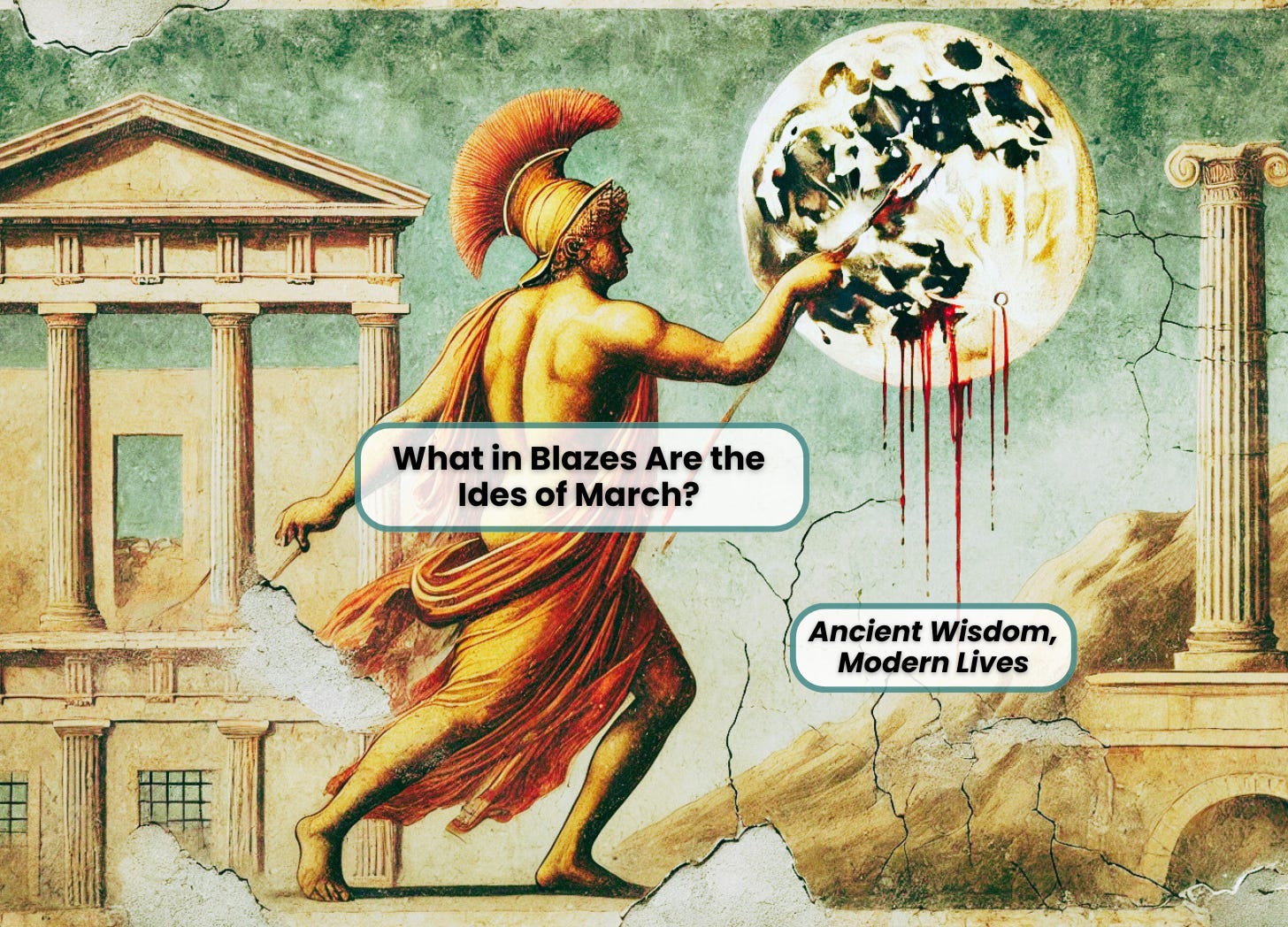Translating Terms of Art
The English phrase “term of art” is nicely self-referential, because it is one. A “term of art” is a term — a word or a phrase — that is used technically in a narrow context. It usually has nothing to do with “art,” except in the now antiquated sense in which “law,” “science,” etc. are all “arts.”
In addition to their specific meanings, terms of art are generally frozen phrases. So, for example, “art term” doesn’t mean at all what “term of art” means (even though “art work” is a lot like “work of art”).
Terms of art create a double translation challenge (as, really, does everything that is to be translated). They have to be identified and understood, let’s say in Greek, and then rendered accurately in translation, say, in English.
As is frequently the case, an example from modern languages may help demonstrate the point. (I’ll use American English and Israeli Hebrew only because I happen to speak those two languages.) In English we have a phrase “third party,” as in, for example, “third party liability insurance.” In Hebrew, that’s called tzad gimel, literally, “side gimel,” (gimel is the third letter of the Hebrew alphabet.)
(The “third party” is someone injured by the insured who is not a party to the insurance contract. The insured is the “first party” and the insurer is the “second party.”)
Translating tzad gimel into American English requires knowing something about the insurance industries in Israel and the U.S., in addition to a familiarity with the terms of art in the two languages.
I no longer actively write this blog, but you can find me at Ancient Wisdom, Modern Lives
Subscribe Now I'd love to see you there!These facts also mean that the Hebrew tzad should usually be translated “side,” but in certain narrow contexts, the only right translation is “party.”
In fact, tzad gimel is an easy case because English has a matching term of art.
What happens when the target language doesn’t have anything that matches the original?
I think that sarx and simeion are two good examples.






4 Responses
A bit of etymology here, but I think this use of “art” (in the title) may be related to the phrase “arts and crafts.” Anything producing an item is a craft, even though painting is not classified as an art by our use of the word.
Does that sound logical?
How is SARX an untranslatable “term of art?”
While sarx generally meant “flesh,” it seems that Paul used the word technically as a term of art.
I know that “all flesh” is an idiom referring to “all of mankind,” but I have seen translators giving it the gloss of “sinful nature” and take exception to the practice. It seems to me to be an attempt to “gloss over” (if you’ll excuse the pun) Paul’s faulty understanding of anatomy.
I’m also of the opinion that this is where we got the bogus term “spirit,” which is now deeply entrenched.